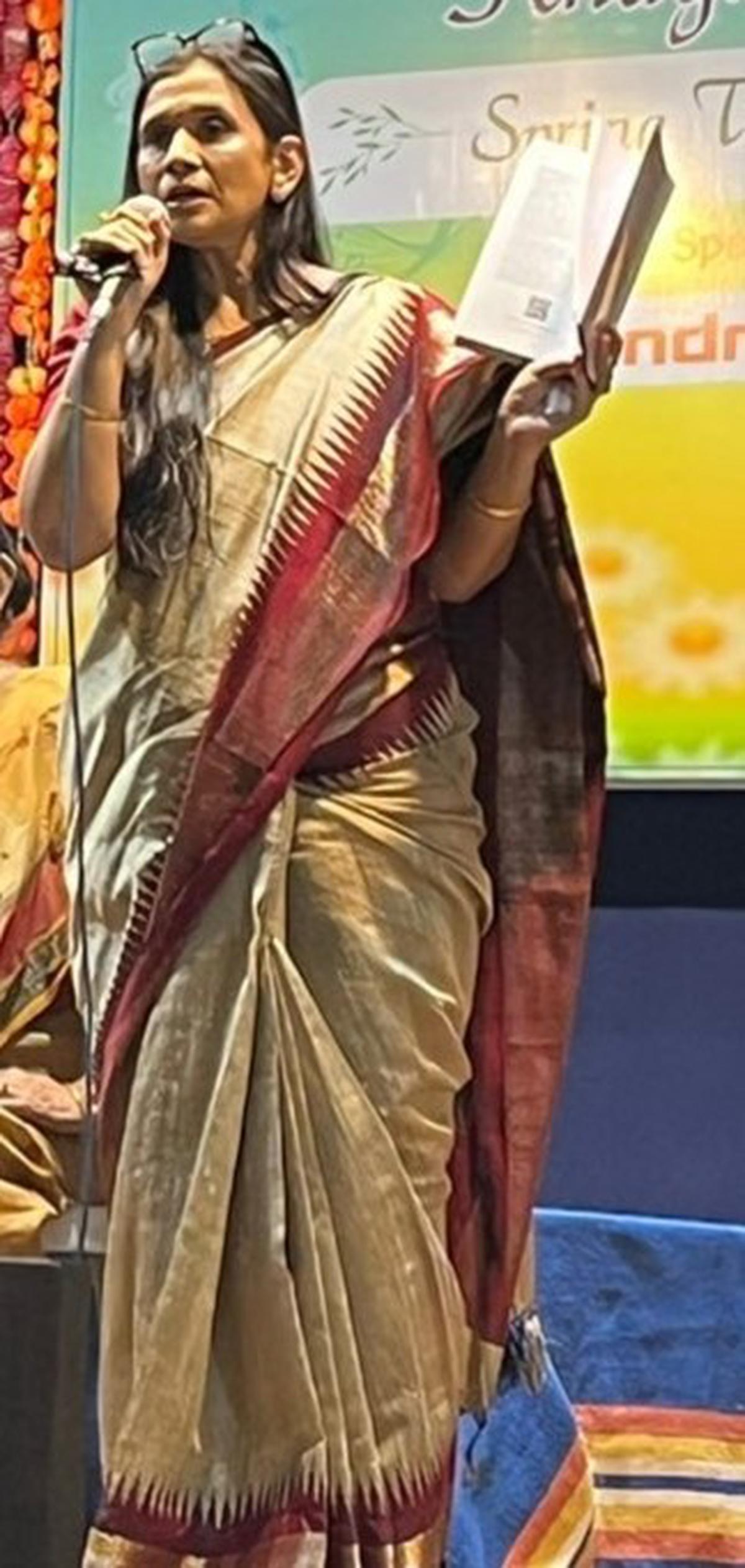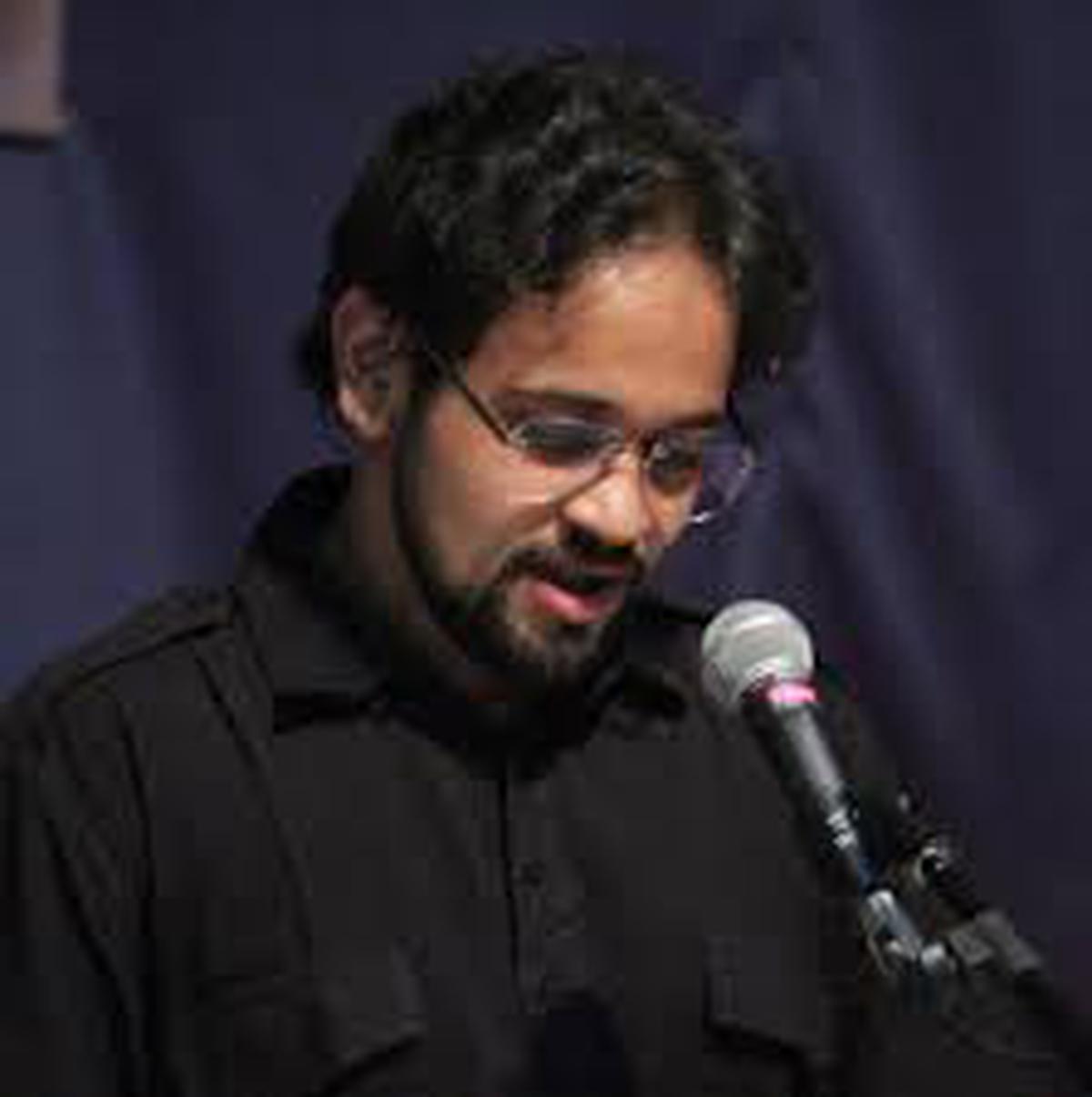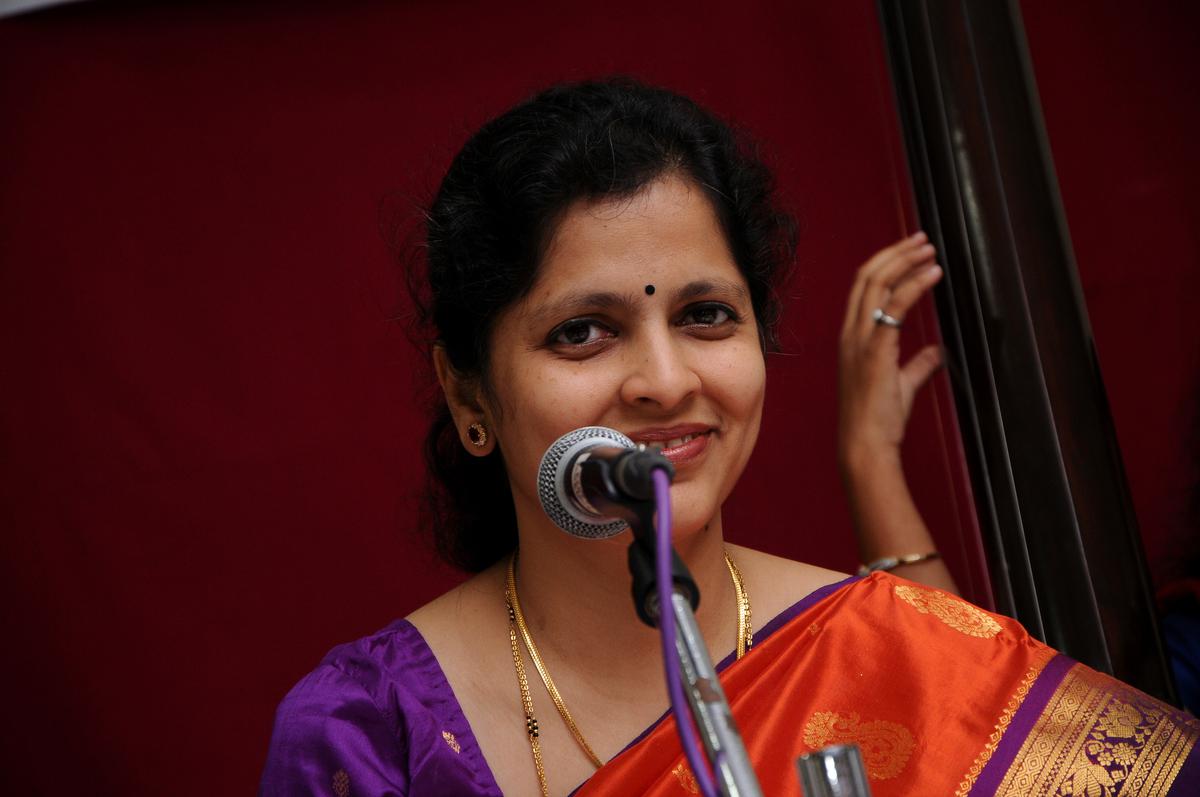A book for learners and listeners of Hindustani music
In Hindustani classical music, embellishments or alankaran are used to decorate, enrich or beautify a raga. Used appropriately, they bring out the effect of any raga to its fullest.
Having completed her doctorate in the subject in 2017, musicologist Divya Dayal has launched the book, Relevance Of Embellishments In Indian Raga System. Though she has used a basic outline similar to her research studies, she has made some modifications in its presentation to make it more accessible to readers and also give a global perspective.
Divya, who also has over 20 years of university teaching experience in India and abroad, had a few primary objectives when writing the book. One was to describe how embellishments can enhance the presentation of a raga in vocal music. The other was to study how embellishments can help a raga act as a tool to attain a particular mental state. Embellishments can also be used in music therapy compositions, she says.
The book has been published by New Delhi-based Motilal Banarsidass Publishing House, which has been associated with publications on Indian history, culture, musicology, art, architecture, astronomy and other subjects related to Indology. It is part of the Performing and Visual Arts Series.
Key aspects of raga music
The opening chapter describes key concepts in raga music. These include rules regarding raga structure and presentation, characteristics of a good composition and elements of the khayal form of singing. Divya then explains different kinds of embellishments — kan svar (grace notes), meend, gamaka and andolan, alankar, murki and khatka. Even there, she goes into granular detail, for instance, in describing 15 types of gamakas.

Musicologist Divya Dayal at the launch of her book Relevance Of Embellishments In Indian Raga System.
| Photo Credit:
Special Arrangement
Divya then describes the effects of embellishments on raga projection. She writes, “In Hindustani music, a raga is projected in two ways; through improvisation and through compositions, and both of these are interlinked.” Thus, there are elements that are fixed, and there are others that are performed extempore in concert. Extempore composing is based on what has been learnt or practised, the artiste’s own interpretation of the raga and on-the-spot thinking during performance, done keeping in mind the style of the pre-composed composition, and the rule of the raag. Through notation charts, the book explains how different forms of embellishment are used in specific raags.
Other chapters talk of rhythm and embellishment, and how different khayal gharanas approach different forms of embellishment. Here again, examples are given through the text of the composition, notation and taal. One of the important but subtle elements of vocal music is the use of pauses, and that is discussed in detail. Thus, the writer describes pause on the note, before the note, between the notes, before the onset of any other embellishment and pause which supports literary content of the composition.
Use of embellishments

Vocalist Manas Vishwaroop.
| Photo Credit:
Courtesy: Facebook
There is a comparison in attitudes towards the use of embellishments, then and now, as one moved from the traditional guru-sishya parampara to institutional, curriculum-based learning. Here, Divya speaks to vocalists Manas Vishwaroop, Apoorva Gokhale and Apoorva Gokhale, who talk about how their gharanas and systems of learning defined their approach to raag presentation and embellishment.

Apoorva Gokhale.
| Photo Credit:
The Hindu Archives
One of the highlights of the book is the presence of QR codes which, when scanned, can link readers to YouTube videos describing the basic forms of embellishment, their relationship with rhythm and the use of pauses. These are more in the form of lecture-demonstrations captured on video, with Divya explaining how these alankarans give shape to a composition. In the video on pauses, for instance, she uses the metaphor of commas in sentences, giving practical examples using ragas such as Bhairav, Gurjari Todi, Desi and Bageshri.
Ankita Joshi.
| Photo Credit:
JAYWANT NAIK
The book is available through the Motilal Banarsidass website and on Amazon. Divya says that while it will be beneficial for music students, it can also be used for reference in courses at music institutions and universities. Even listeners interested in the nuances of Hindustani music and those seeking to broaden their appreciation abilities can benefit.
For all the latest Entertainment News Click Here
For the latest news and updates, follow us on Google News.
